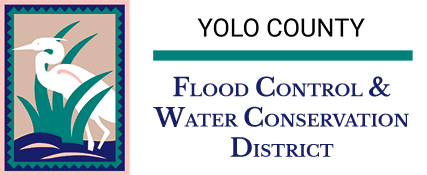SCADA stands for Supervisory Control and Data Acquisition, which describes a system of software and hardware designed to provide real time data to inform operational decisions. With multiple sensors gathering data at the dams and along the canal system, District staff can collect information that previously could only be observed on location.
The District began developing SCADA capability in earnest in 2005 to provide management and operational staff with the information needed to respond to changing conditions. One major hurdle to overcome while developing the system was the District’s large and remote geographical area. The District began by building the communication backbone which connected the Lake County facilities to the District office, via three points: Mt. Konocti, Berryessa Peak, Walker Ridge Road, and Bald Mountain. Over the years the communication backbone has been expanded with a focus on building redundant communication links to make the system more robust and serviceable in the event of an emergency or natural disaster.
The District’s initial SCADA installations focused on the ability to observe water conditions at the dams, the canal headgates and the end of canals. By being able to monitor the headgates at the West Adams and Winters canals operational staff can quickly and remotely determine if more or less water is needed to fulfill daily orders. The ability to monitor the end of canals enables staff to determine how much water is leaving the canal system. The District partners with the U.S. Geological Survey to provide monitoring at Cache Creek Dam and Indian Valley Reservoir to provide quality controlled, public data at those sites, but has greatly expanded monitoring capabilities for internal uses.
As the SCADA system developed, the District began expanding from being able to observe water conditions to being able to control operational systems. The District now has the ability to make operational changes at the dams, the Winters and West Adams headgates, and at many locations along the canals. This ability not only saves time by allowing staff to change canal levels and flow remotely, but it allows the District to be more responsive to customers while saving water at the same time. For example, if ditchtenders see that they have excess water in the canal system, instead of letting it spill, they can redirect it to another grower, or request a cut in releases at the dam. Prior to the ability to make remote changes at Cache Creek Dam, ditchtenders would have to contend with too much or too little water due to water use and shutoffs upstream of the Capay Diversion Dam.
